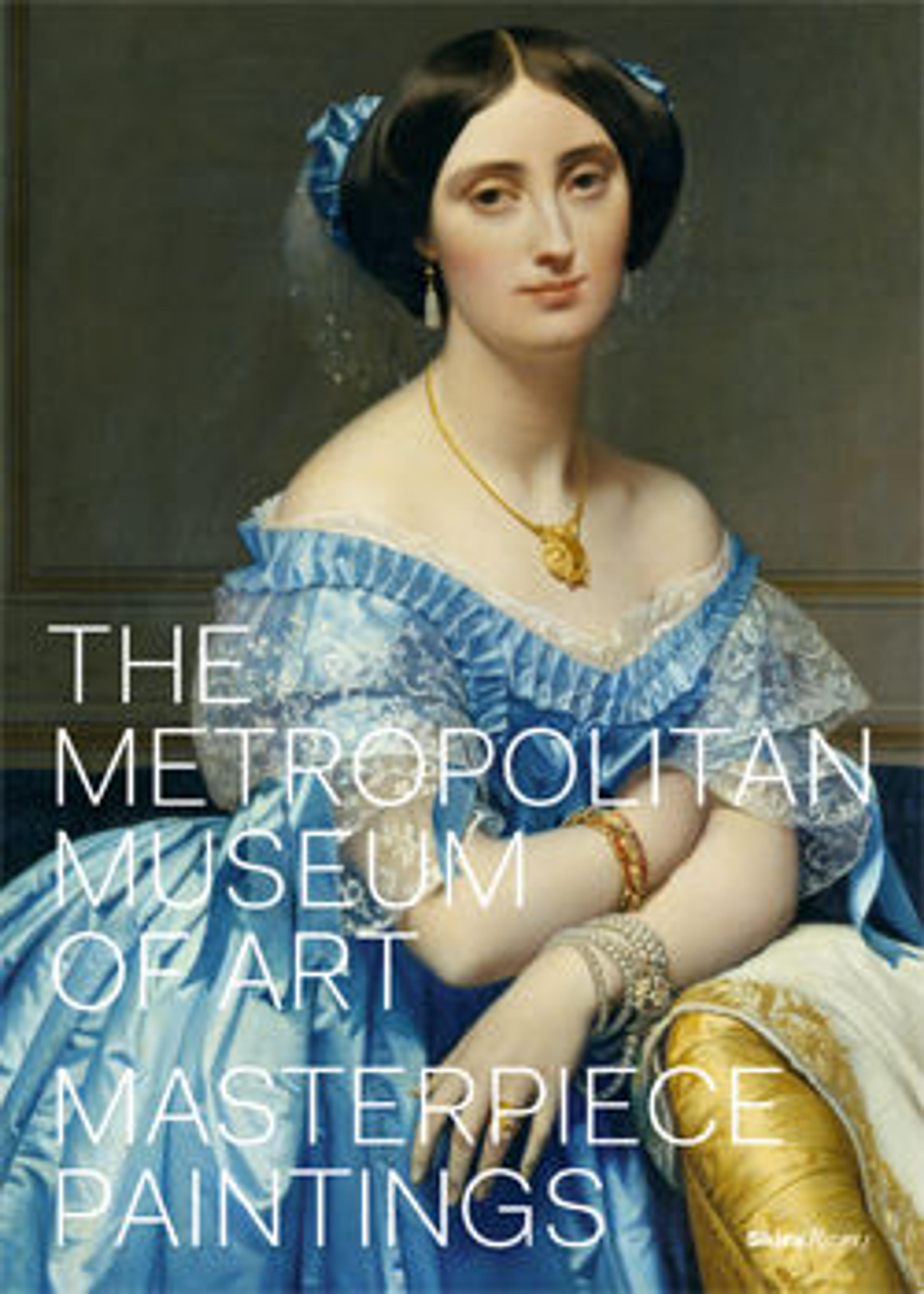"Preparing Medicine from Honey", from a Dispersed Manuscript of an Arabic Translation of De Materia Medica of Dioscorides
One of the most influential medical treatises handed down to Muslims was De Materia Medica, by a first-century B.C. Greek physician in Cilicia (southern Anatolia). The left page concerns making medicine from honey and water, prescribed to cure weakness and loss of appetite. A doctor holds a gold cup while stirring the boiling honey and water in a cauldron as he prepares to scoop it up for the seated patient. The architectural setting suggests that the drugs are being produced in a pharmacy like those attached to hospitals in the Seljuq lands. In the illustration on the right, a doctor and his assistant or patient stand on either side of a sieve through which grapes are pressed and then combined with brine and an onion-like herb to produce a medicine to cure digestive disorders.
Artwork Details
- Title: "Preparing Medicine from Honey", from a Dispersed Manuscript of an Arabic Translation of De Materia Medica of Dioscorides
- Calligrapher: 'Abdullah ibn al-Fadl
- Date: dated 621 AH/1224 CE
- Geography: Attributed to Iraq, Baghdad
- Medium: Ink, opaque watercolor, and gold on paper
- Dimensions: H. 12 3/8 in. (31.4 cm)
W. 9 in. (22.9 cm) - Classification: Codices
- Credit Line: Bequest of Cora Timken Burnett, 1956
- Object Number: 57.51.21
- Curatorial Department: Islamic Art
More Artwork
Research Resources
The Met provides unparalleled resources for research and welcomes an international community of students and scholars. The Met's Open Access API is where creators and researchers can connect to the The Met collection. Open Access data and public domain images are available for unrestricted commercial and noncommercial use without permission or fee.
To request images under copyright and other restrictions, please use this Image Request form.
Feedback
We continue to research and examine historical and cultural context for objects in The Met collection. If you have comments or questions about this object record, please contact us using the form below. The Museum looks forward to receiving your comments.
